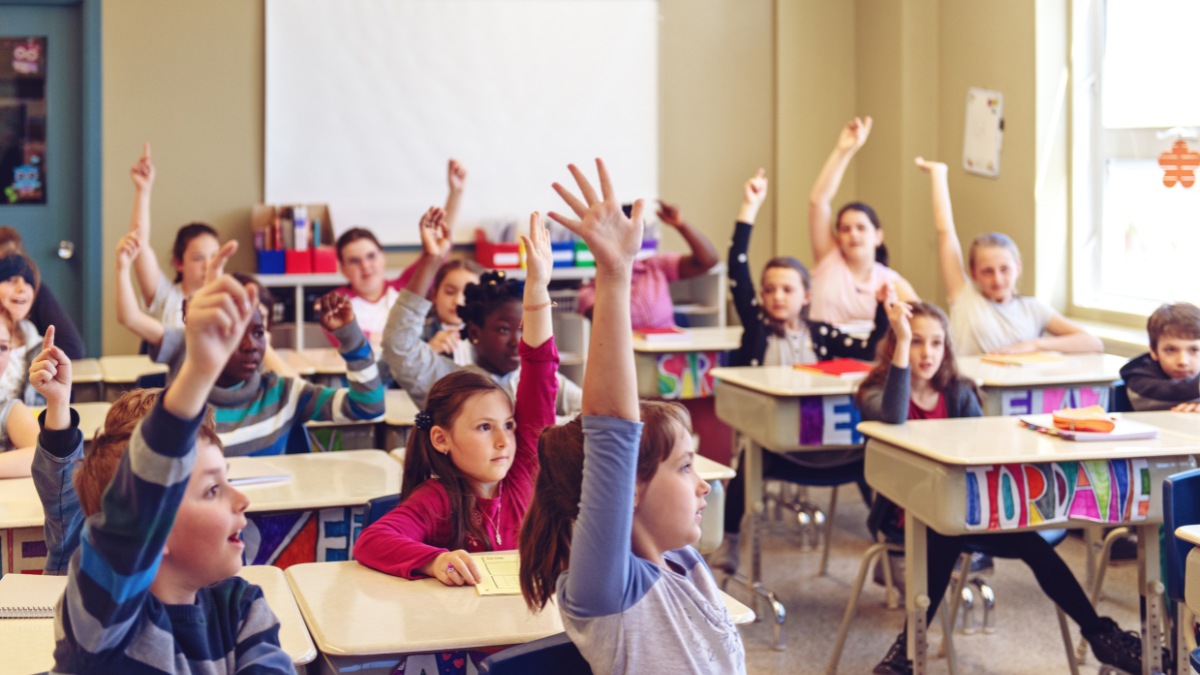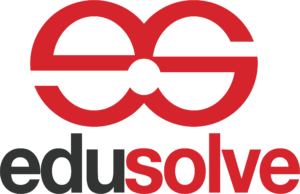Imagine a classroom where every student feels seen, supported, and empowered to reach their full potential. That’s the magic of Multi-Tiered System of Supports (MTSS), a framework that flips traditional intervention models on their head. Instead of waiting for students to struggle, Multi-tiered system of supports (mtss) in the classroom takes a proactive approach, proactively identifying and addressing learning needs before they become major challenges. This data-driven system benefits not only students but also educators and schools as a whole. Let’s delve into the three tiers of MTSS and discover how it can transform your classroom into a thriving community of learners.
Contents
What is Multi-tiered system of supports (mtss) in the classroom?
Think of MTSS as a safety net with three levels, each offering increasing support based on individual needs. Tier 1 forms the foundation, providing high-quality instruction and support for all students, regardless of their background or learning styles. This means clear expectations, differentiated lessons, and social-emotional learning opportunities that foster a positive learning environment.
MTSS evolved from Response to Intervention (RtI), but it goes beyond simply waiting for students to fall behind. It’s proactive, using data to identify potential learning challenges early on and providing targeted interventions to prevent them from escalating. Unlike traditional “wait-to-fail” models, MTSS celebrates progress at every level, fostering a positive and inclusive learning environment for all.
The Three Tiers of MTSS
Tier 1: Universal Supports (Everyone)
This is the core of MTSS, where every student receives the foundation for success. Imagine a teacher using graphic organizers to help visual learners or offering tiered assignments to cater to different skill levels. Social-emotional learning activities, like collaborative games or mindfulness exercises, build essential skills like self-awareness and problem-solving, creating a supportive and inclusive classroom culture.
Tier 2: Targeted Interventions (Small Group)
For students who need some extra help, Tier 2 provides targeted interventions. Small group instruction allows teachers to address specific learning gaps with focused attention. Individualized learning plans (ILPs) tailor instruction to each student’s unique needs and learning style. Progress monitoring is crucial, with tools like assessments and observations helping teachers track growth and adjust interventions as needed.
Tier 3: Intensive Supports (Individualized)
For students facing persistent challenges, Tier 3 offers intensive, individualized interventions. Collaboration with specialists, such as reading coaches or behavior interventionists, provides additional support. Outside agencies, like speech therapists or mental health professionals, may also be involved. Continuous progress monitoring and collaboration among educators, specialists, and families ensure coordinated support for each student’s success.
Stay tuned for the next part where we’ll explore the benefits of MTSS for students, educators, and schools, and delve into how to effectively implement this powerful framework in your classroom!
Benefits of MTSS in the Classroom: A Ripple Effect of Success

MTSS isn’t just a system; it’s a transformation for the entire learning community. Here’s how it empowers students, educators, and schools to thrive:
For Students:
- Academic Achievement: Imagine a student who struggled with reading finally mastering a new skill thanks to targeted interventions. MTSS provides the scaffolding and support each student needs to reach their full academic potential, fostering a love for learning and boosting confidence.
- Social-Emotional Well-being: MTSS doesn’t just focus on academics; it nourishes the whole child. Social-emotional learning activities build essential skills like self-awareness, empathy, and problem-solving, creating a safe and supportive environment where students feel valued and empowered. This translates to reduced problem behaviors and a stronger sense of belonging, fostering a positive learning experience for all.
For Educators:
- Instructional Effectiveness: Imagine a teacher feeling confident and equipped to address each student’s needs. MTSS provides the tools and data-driven insights to differentiate instruction effectively, reaching every learner. This empowers educators to be more responsive and flexible, leading to improved instructional effectiveness and a sense of accomplishment.
- Reduced Stress and Burnout: The struggle to help struggling students without the right support can be overwhelming. MTSS alleviates this burden by providing a structured framework and collaborative support. This leads to reduced stress and burnout, allowing educators to focus on what they do best: inspiring and nurturing young minds.
For Schools:
- Positive School Climate: Imagine a school where every student feels included and supported. MTSS fosters a positive and inclusive school climate, where collaboration and communication are key. This leads to a stronger sense of community, reduced referrals to special education, and ultimately, increased graduation rates. MTSS becomes a pillar of the school’s success, creating a learning environment where every student can thrive.
The benefits of MTSS go beyond these initial points. It fosters a culture of continuous improvement, where data is used to inform instruction and support systems are constantly evolving to meet the needs of all learners. It’s an investment in the future, ensuring that every child has the opportunity to reach their full potential and contribute meaningfully to society.
Implementing Multi-Tiered System of Supports (MTSS) in the Classroom Effectively

MTSS is a powerful framework, but its true magic lies in its implementation. Here’s how to turn the vision of a thriving learning community into a reality:
1. Collaboration: The Strength of Many
MTSS is not a solo act. It demands teamwork among teachers, administrators, specialists, and families. Regular meetings, shared data platforms, and open communication are key. Imagine a teacher collaborating with a reading specialist to develop targeted interventions, or a family receiving ongoing support from the school to help their child thrive. This collaborative spirit ensures everyone is on the same page, working towards the common goal of student success.
2. Data: The Compass Guiding Your Journey
Data is the fuel that drives MTSS. Collecting, analyzing, and using data to inform instruction and interventions is essential. Imagine a teacher using assessment results to identify students who need additional support in math, or using progress monitoring data to adjust interventions based on individual needs. Data empowers educators to make informed decisions and personalize learning for each student.
3. Professional Development: Equipping Educators for Success
MTSS is an ongoing journey, and educators need the tools to navigate it effectively. Ongoing training and support are crucial. This includes workshops on differentiated instruction, data analysis, and collaboration strategies. Imagine a teacher feeling confident in using new tools and strategies to support their students, leading to a more effective and rewarding teaching experience.
4. Family Engagement: Building a Partnership for Learning
Families are an integral part of the MTSS equation. Collaboration with families is essential to ensure consistent support and celebrate progress. Imagine a school hosting family workshops on social-emotional learning or providing resources to help families support their child’s learning at home. This partnership fosters a sense of shared responsibility and empowers families to be active participants in their child’s education.
Conclusion: A Framework for Every Learner’s Success
MTSS is not just a program; it’s a philosophy that prioritizes the success of all learners. By fostering collaboration, using data effectively, investing in professional development, and engaging families, educators can create a classroom environment where every student feels supported, challenged, and empowered to reach their full potential. Remember, the journey of implementing MTSS might have its challenges, but the rewards – a thriving learning community where every student feels valued and empowered – make it worthwhile.
Ready to take the first step? Start by exploring the resources available from your school district, state education department, or national organizations like the National Center on Universal Design for Learning (UDL) and the Center on Multi-Tiered Systems of Support (MTSS4Success). Remember, you’re not alone in this journey!
Let’s work together to build a future where MTSS empowers every learner to reach their full potential.
Transform your educational landscape with EDU-SOLVE‘s dynamic services. Embrace culturally affirming community engagement, empower leaders through executive training, and harness the power of federal programs and resource development. Elevate your institution with our expertise in Multi-Tiered System of Supports (MTSS), Social Emotional Learning, Systems Building, and Strategic Planning. Join us in shaping a brighter educational future. Take action today for impactful and inclusive solutions. Let’s build a thriving educational community together!
Also Read:

